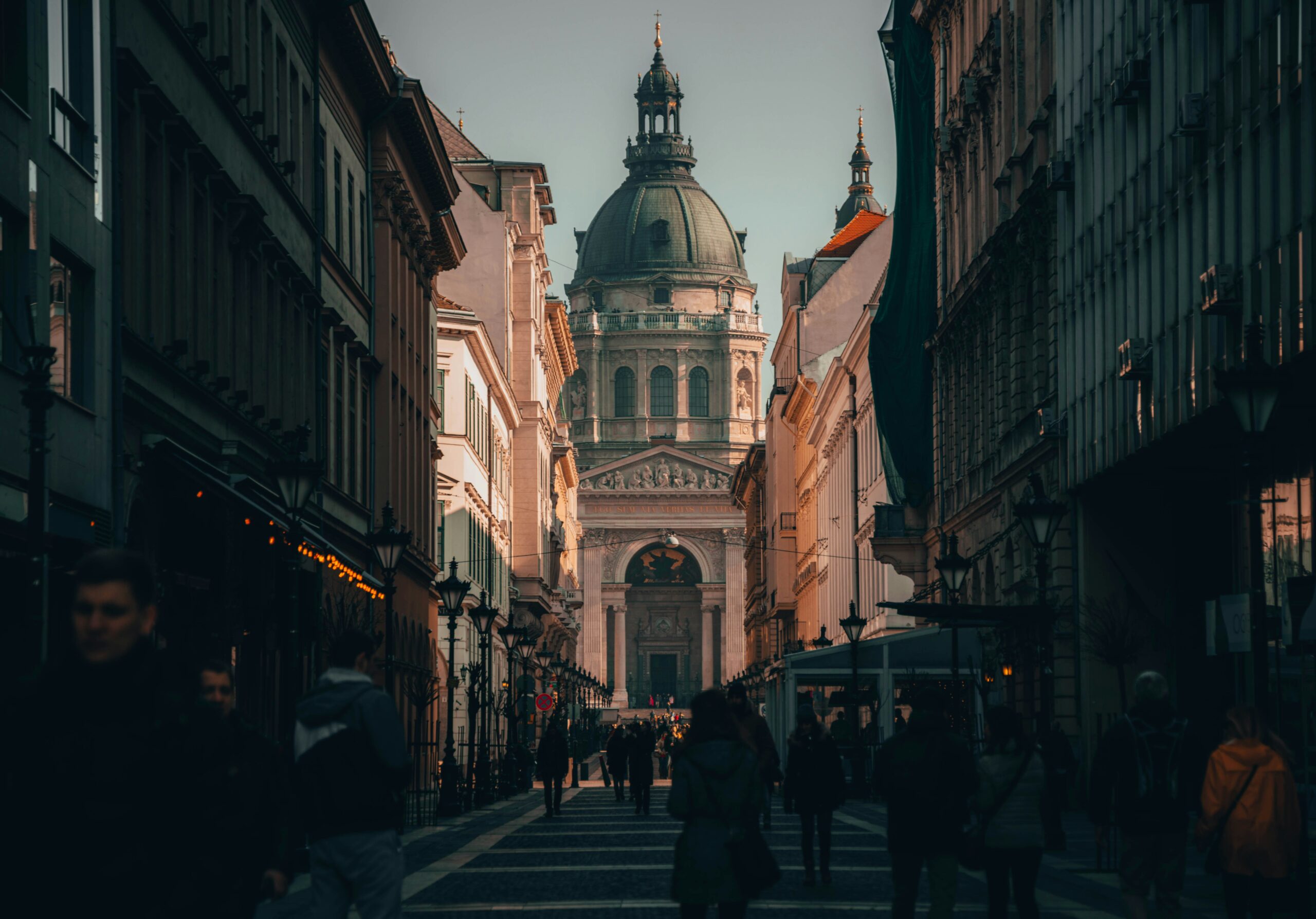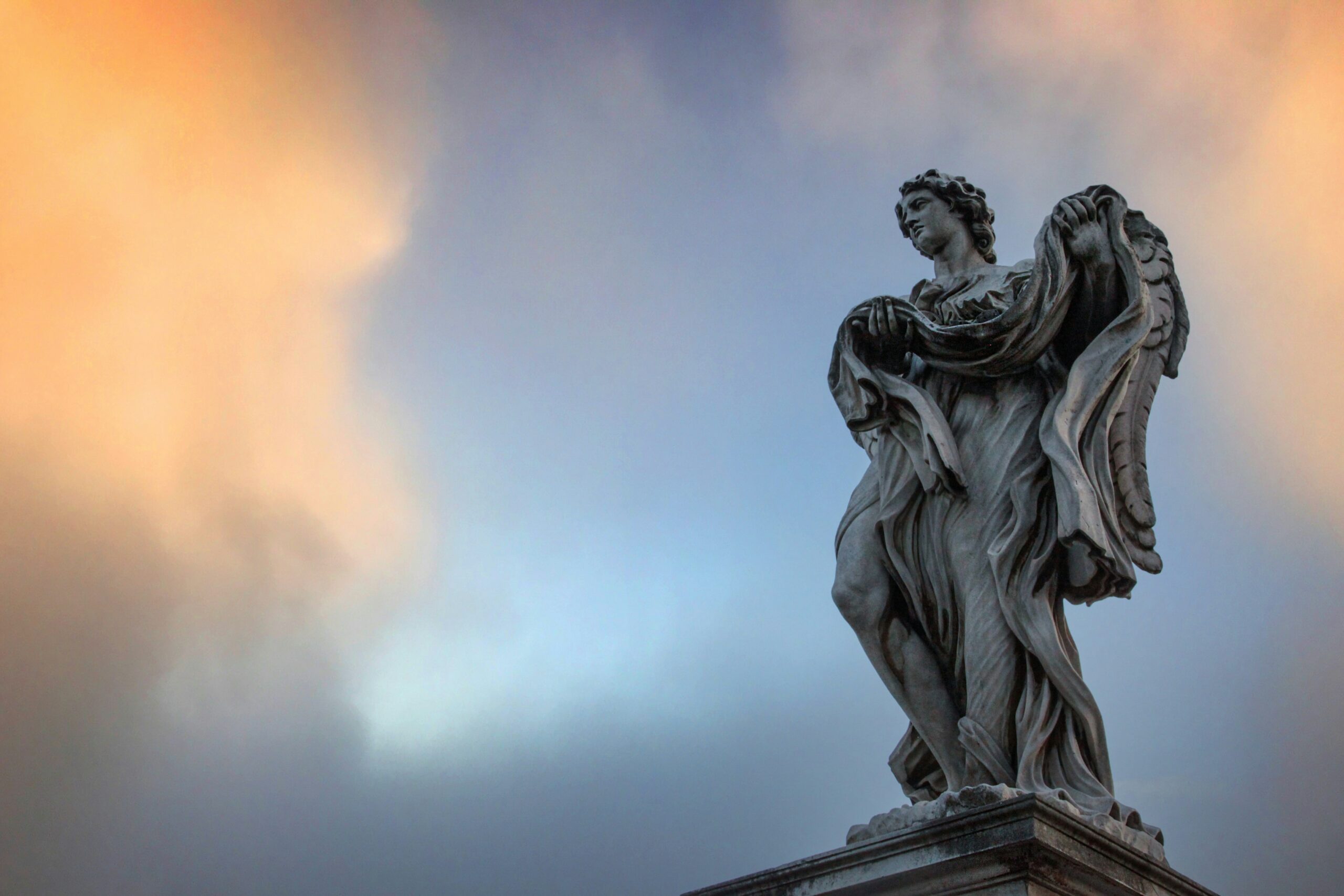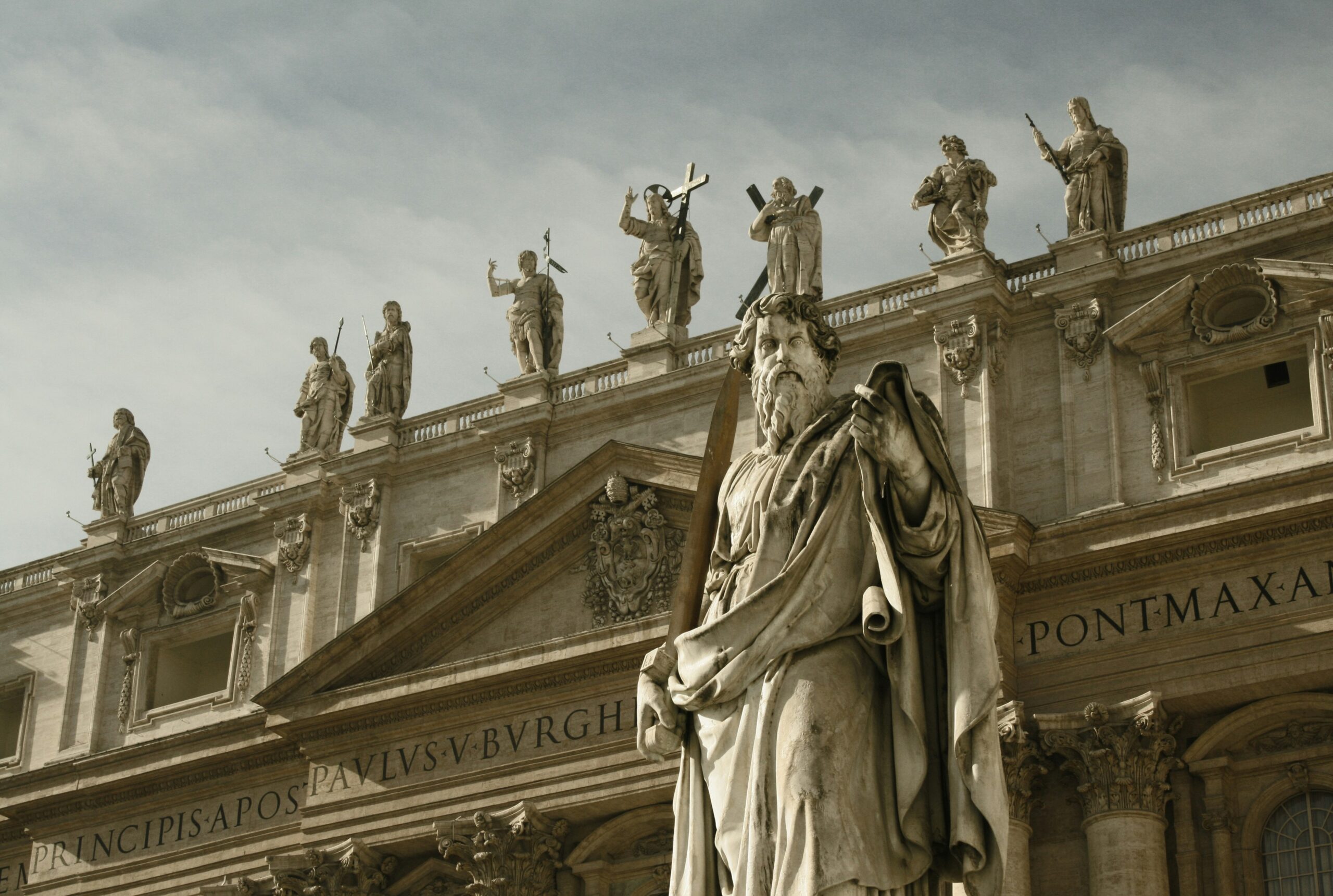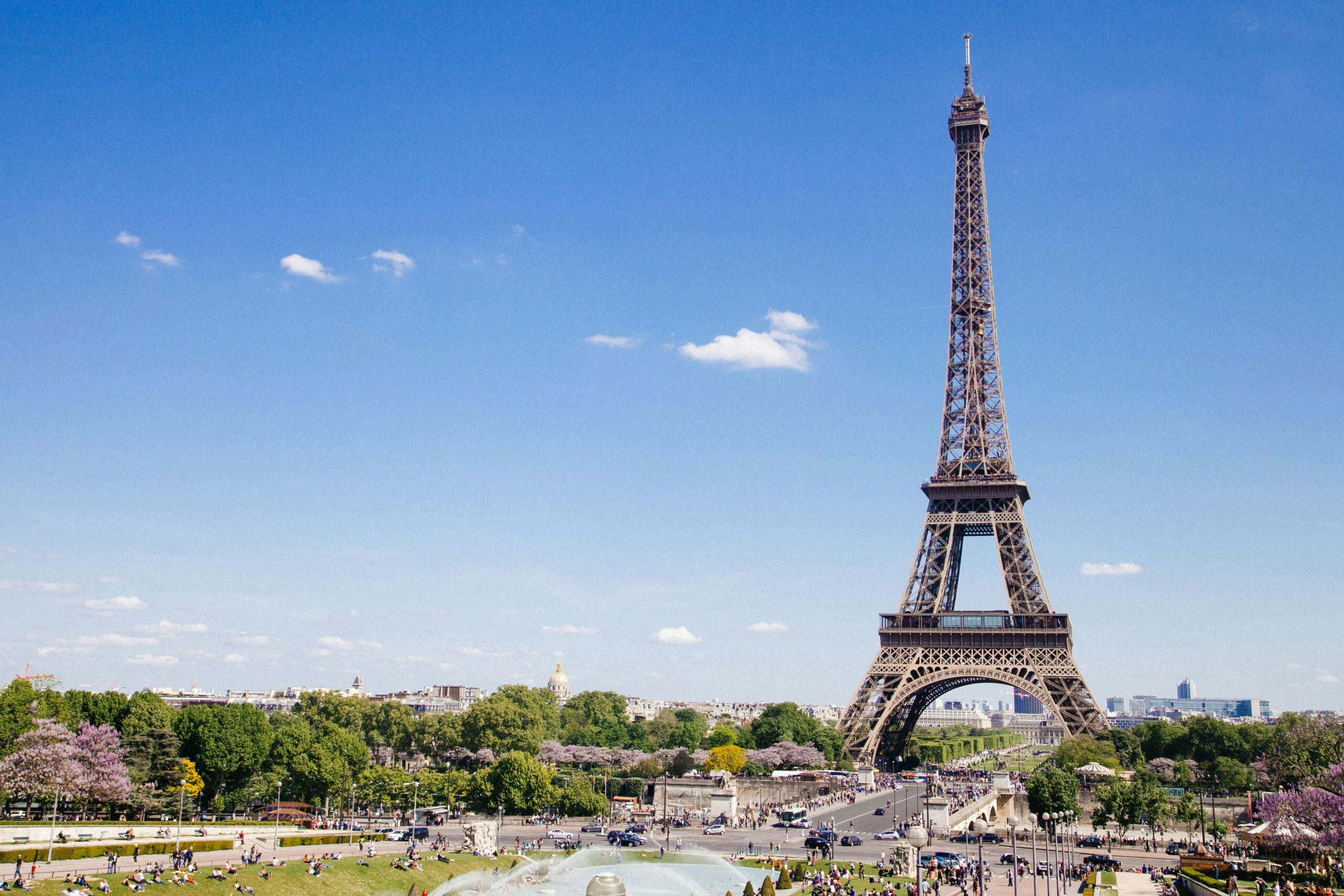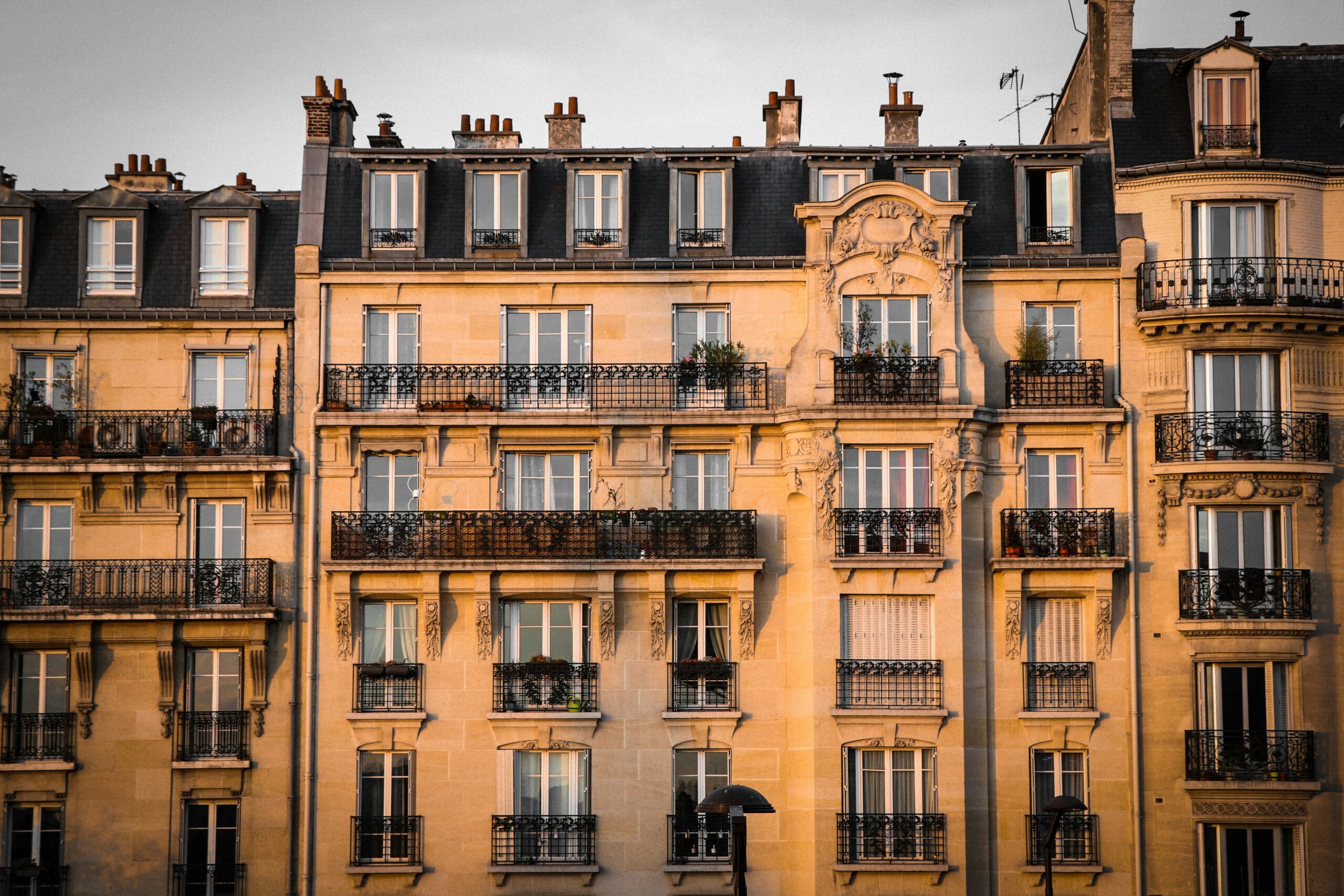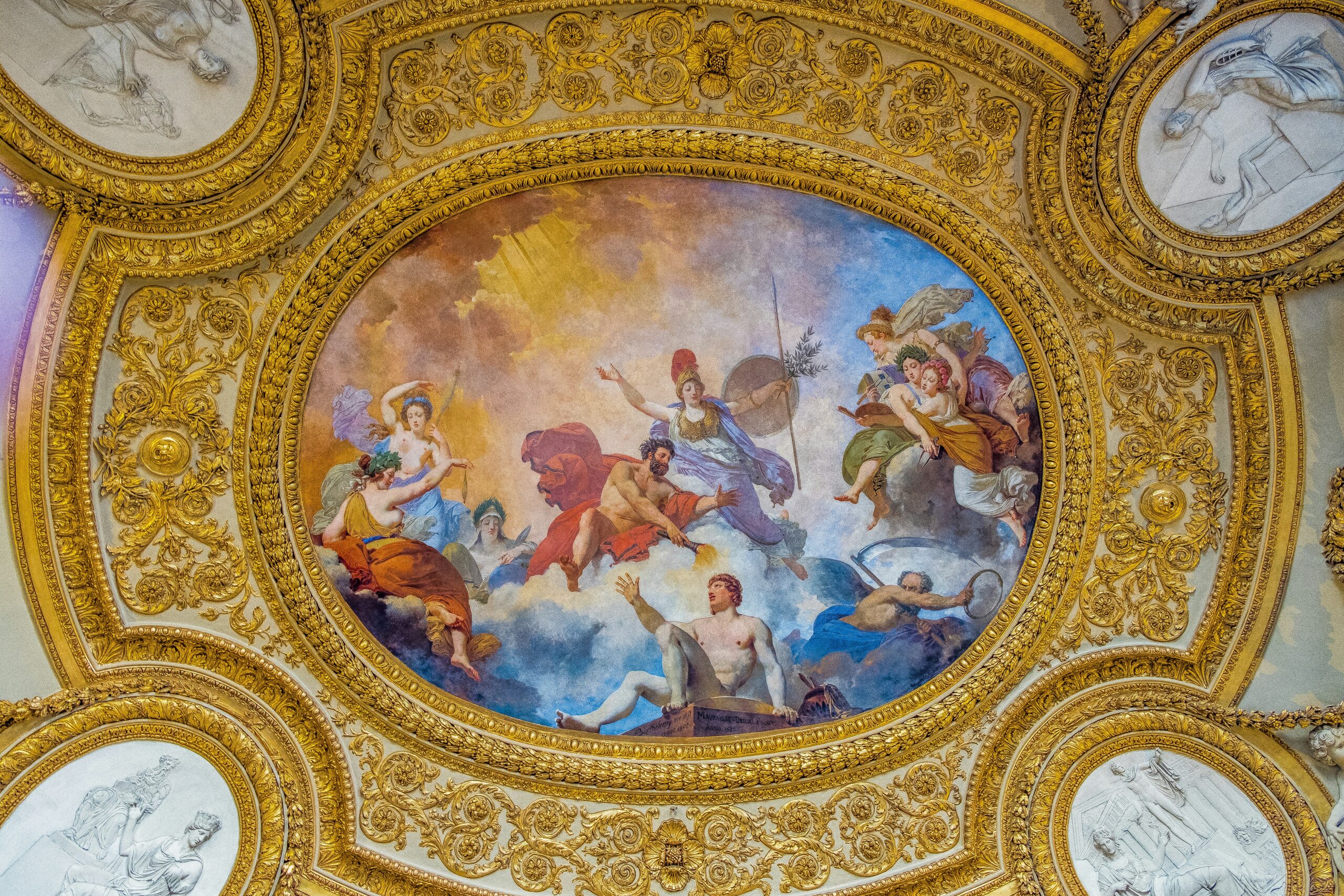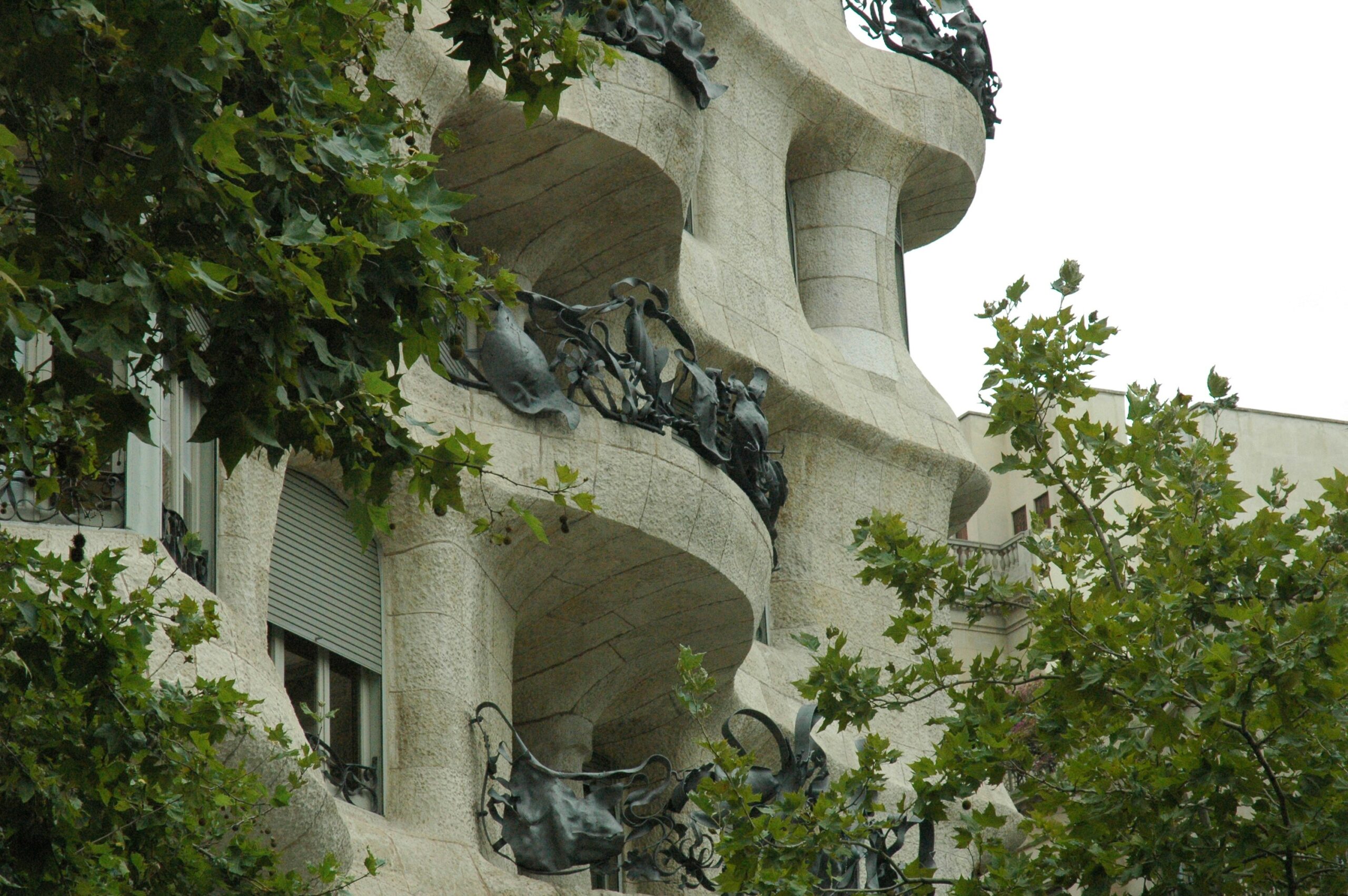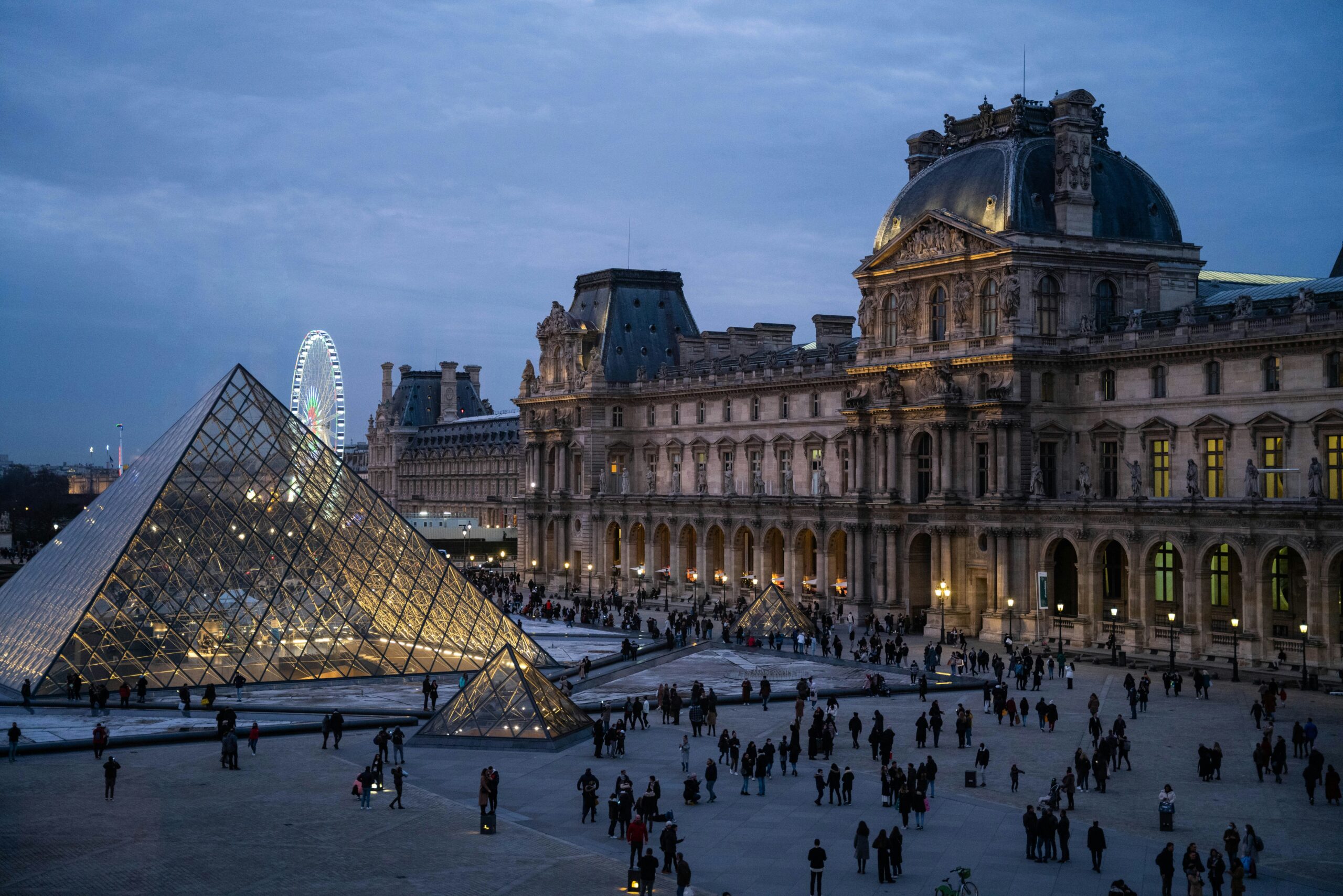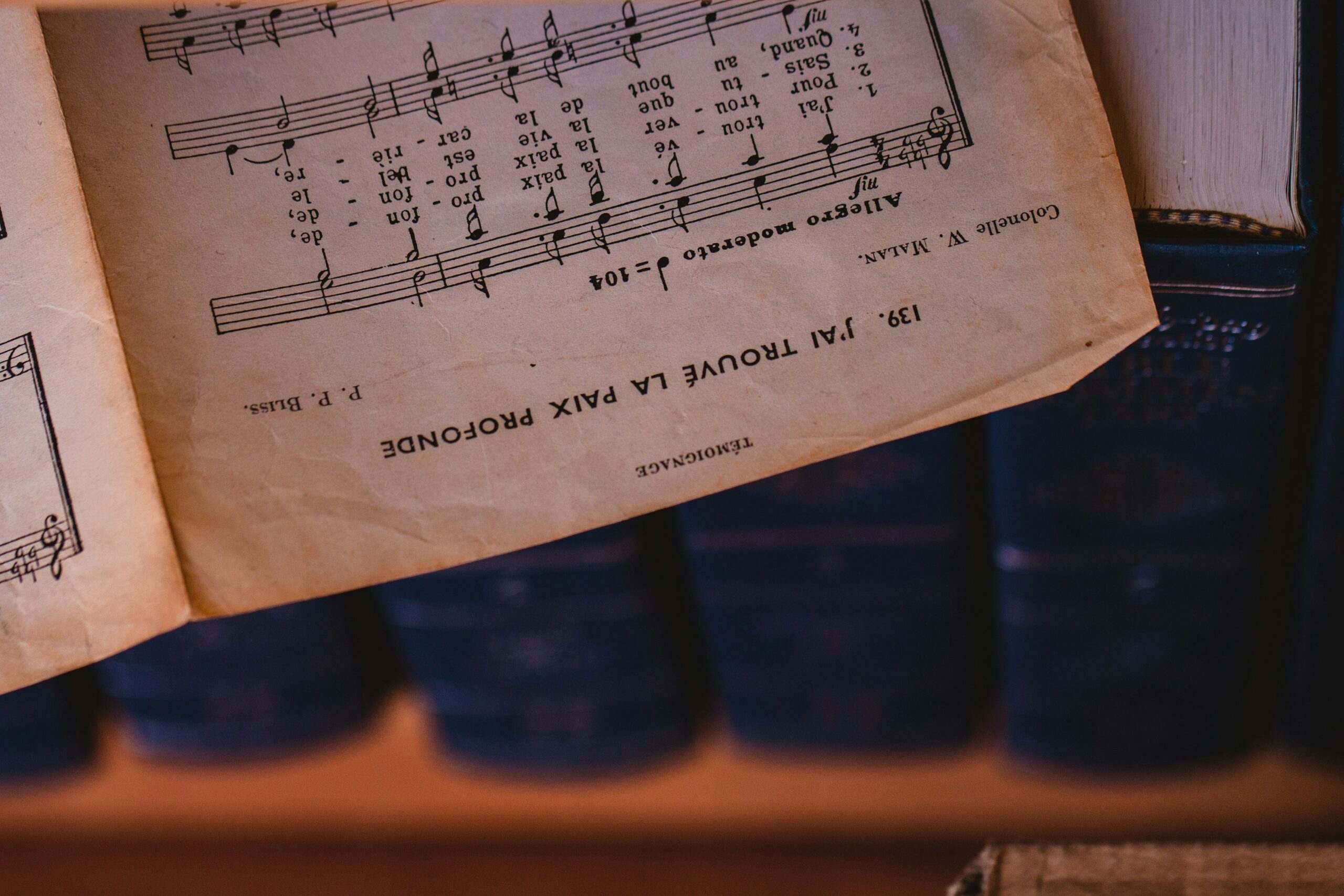When Did French Architecture Start?
When Did French Architecture Start?
Introduction
French architecture is renowned for its elegance, diversity, and influence on global design. From the soaring Gothic cathedrals to the refined symmetry of Renaissance châteaux and the grandeur of Baroque palaces, French architecture has evolved over centuries, leaving a profound impact on the world. But when did it all begin? This article will take you on a journey through the origins of French architecture, its key milestones, and the movements that defined its evolution.
Whether you’re a tourist exploring historic landmarks, a food lover enchanted by Parisian cafés, a history buff diving into medieval castles, or simply someone curious about architecture, this guide will provide valuable insights into how and when French architecture began.
- The Roman Influence: The Earliest Foundations (1st-5th Century AD)
Before France had a distinct architectural style, its earliest structures were influenced by the Romans, who ruled Gaul (modern France) from 58 BC to 476 AD.
Key Roman Contributions to French Architecture:
- Amphitheaters – The Arènes de Nîmes and Arles Amphitheater reflect the grandeur of Roman entertainment venues.
- Aqueducts – The Pont du Gard, a UNESCO-listed structure, is a prime example of Roman engineering.
- Temples – The Maison Carrée in Nîmes, one of the best-preserved Roman temples.
These early influences laid the groundwork for later architectural developments in France, particularly in urban planning and the use of stone masonry.
- The Rise of Medieval Architecture: Romanesque & Gothic Styles (10th-16th Century)
By the 10th century, France began to develop its own architectural identity, leading to the emergence of the Romanesque and later, the Gothic style.
Romanesque Architecture (10th-12th Century)
- Characterized by thick walls, small windows, rounded arches, and sturdy structures.
- Key Examples: Abbey of Cluny, Saint-Sernin Basilica in Toulouse.
- Primarily used for monasteries and churches, designed to reflect religious devotion.
Gothic Architecture (12th-16th Century): A French Innovation
Gothic architecture was born in France, with the first Gothic cathedral constructed at Saint-Denis (near Paris) in 1144.
- Features pointed arches, ribbed vaults, and flying buttresses, allowing for taller, more luminous buildings.
- Key Examples: Notre-Dame de Paris, Chartres Cathedral, Amiens Cathedral.
- French Gothic architecture became the dominant church-building style in Europe and influenced cathedrals in England, Germany, and Italy.
- The Renaissance Arrives: Classical Inspiration (15th-17th Century)
During the French Renaissance (15th-17th century), architecture shifted from medieval traditions to embrace symmetry, proportion, and classical elements, inspired by the Italian Renaissance.
Key Developments in French Renaissance Architecture:
- Introduction of columns, domes, and geometric layouts.
- Châteaux of the Loire Valley became symbols of Renaissance elegance, blending medieval fortification with Italian-inspired ornamentation.
- Notable Architects: Philibert de l’Orme, Pierre Lescot.
- Key Examples: Château de Chambord, Château de Fontainebleau, Louvre’s Renaissance façade.
This era marked a major turning point in French architectural history, as monarchs and noble families sought to express their power through magnificent châteaux and palaces.
- Baroque & Rococo: The Era of Opulence (17th-18th Century)
By the late 17th century, French architecture took a grand and theatrical turn with the rise of Baroque and Rococo styles, reflecting the absolute power of monarchs like Louis XIV.
French Baroque Architecture (17th Century)
- Characterized by dramatic ornamentation, grand facades, and symmetrical designs.
- Key Architect: Jules Hardouin-Mansart.
- Most Famous Example: Palace of Versailles – a masterpiece of French Baroque grandeur.
Rococo Architecture (18th Century)
- A more playful and ornate extension of Baroque, featuring pastel colors, intricate moldings, and curved lines.
- Found in lavish Parisian townhouses and palace interiors, such as Petit Trianon.
The Baroque and Rococo styles defined the cultural supremacy of France in Europe, influencing architectural movements in Germany, Austria, and Russia.
- The Age of Revolution & Neoclassicism (18th-19th Century)
Following the French Revolution (1789-1799), architecture took on a more rational, symmetrical, and Greco-Roman-inspired approach, known as Neoclassicism.
Neoclassical French Architecture (18th-19th Century)
- Simple, geometric, and monumental structures.
- Inspired by the ideals of democracy and order.
- Key Examples: Panthéon, Arc de Triomphe, Palais Bourbon.
The Neoclassical movement also influenced major governmental buildings across Europe and the U.S., such as the U.S. Capitol in Washington, D.C..
- Modern & Contemporary French Architecture (20th Century-Present)
Art Nouveau & Art Deco (Early 20th Century)
- Flowing, organic designs with intricate detailing.
- Key Examples: Hector Guimard’s Paris Métro entrances (Art Nouveau), Théâtre des Champs-Élysées (Art Deco).
Modernism & Contemporary Architecture (Mid-20th Century-Present)
- Le Corbusier, one of the greatest architects of the modernist era, introduced the concept of functionalism in architecture (e.g., Villa Savoye).
- Jean Nouvel and Dominique Perrault continue pushing the boundaries of modern French architecture (e.g., Louvre Pyramid, Bibliothèque Nationale de France).
Today, France remains a leader in sustainable and innovative design, blending historical styles with futuristic urban planning.
Conclusion: A Legacy of Architectural Brilliance
French architecture didn’t start in one moment—it evolved over centuries, shaped by Romans, medieval builders, Renaissance artists, Baroque visionaries, and modern innovators.
From the Gothic cathedrals of the Middle Ages to the sleek modernist designs of today, French architecture continues to inspire the world.

